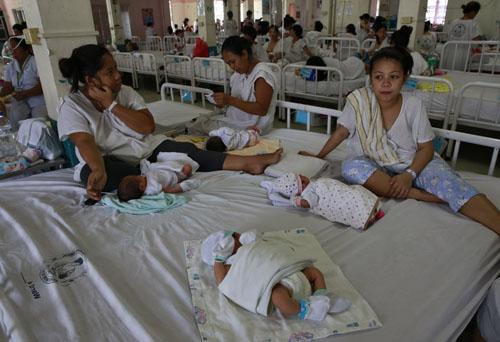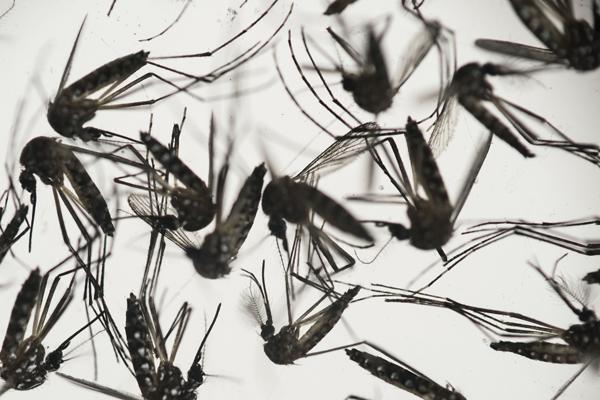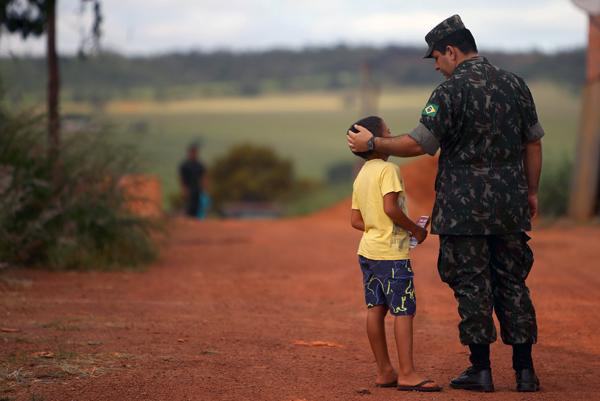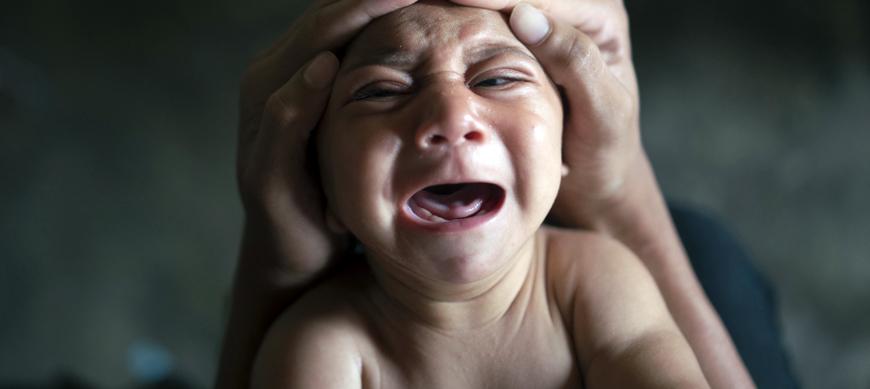You are here
WHO seeks $56 million for Zika; vaccine hopes take step forward
By Reuters - Feb 17,2016 - Last updated at Feb 17,2016

Mothers and their newborn babies share beds at the Fabella hospital, dubbed as the busiest maternity hospital in the country, in Manila, Philippines on Tuesday. A minister in the Philippines has urged women to delay pregnancy until more is known about the mosquito-borne Zika virus raging in Latin America, even though the Asian country’s only reported case of zika was four years ago (Reuters photo)
GENEVA — The World Health Organisation (WHO) called on Wednesday for $56 million for its plan to combat the Zika virus, a disease that has been linked to severe birth defects in Brazil and has spread to 39 countries.
The funds sought would be used until June to fast-track vaccines, carry out diagnostics and research into how the mosquito-borne virus spreads, as well as virus control, the WHO said.
A public health expert, Lawrence Gostin, said the United Nations health agency had "grossly underestimated" the need as the virus, which has spread rapidly across the Americas, will likely spread to many other regions.
The WHO declared the outbreak a global public health emergency on February 1, noting the association of the virus with two neurological disorders: microcephaly in babies and Guillain-Barre syndrome that can cause paralysis.
"Possible links with neurological complications and birth malformations have rapidly changed the risk profile for Zika from a mild threat to one of very serious proportions," WHO Director-General Margaret Chan said in a WHO strategy paper on Wednesday.
The funds sought to include $25 million for the agency and its regional office and the rest for aid partners such as UNICEF. The WHO expects the money to come from states and other donors, and in the meantime it has tapped a new emergency contingency fund for $2 million for initial operations.
Gostin, a professor at Georgetown University in Washington, said the WHO should have a much larger emergency contingency fund. He compared the funding plan to the WHO's initial slow response to the outbreak of Ebola, a virus that killed more than 11,300 people in two years, mostly in West Africa.
Brazil, worst hit by the Zika outbreak, issued updated figures on Wednesday, saying it is investigating the potential link between Zika infections and more than 4,443 suspected cases of microcephaly. The condition is marked by abnormally small head size that can result in developmental problems.
Researchers have confirmed 508 of these cases as microcephaly. Brazil's Health Ministry said last week that 41 of the confirmed cases of microcephaly had shown links to Zika infection, but did not update the figure. Researchers have not yet proven the virus causes microcephaly.
There is no treatment for Zika, which had been viewed as a relatively mild illness until the concerns over microcephaly and Guillain-Barre syndrome emerged.
At least 15 companies and academic groups are rushing to develop a vaccine. Hopes of a breakthrough took a small step forward on Wednesday when US biotech firm Inovio Pharmaceuticals Inc said its experimental shot had induced a robust and durable response in mice.
Shares in the US biotech firm, which expects to test its product in humans before the end of the year, were up 7 per cent early on Wednesday.
Zika is primarily transmitted by a type of mosquito, meaning current efforts to control the outbreak are focused on protecting people, especially pregnant women, from bites and eradicating mosquito populations in affected areas.
However, research is under way on potential transmission by sexual contact. The WHO noted on Wednesday that "existing scarce evidence indicates that there may be a risk of sexual transmission."
But research studies are needed to assess the presence of the Zika virus in semen and other body fluids and potential sexual transmission as well as mother-to-child transmission, the WHO said.
Related Articles
PARIS — The UN's health agency warned Monday of the potential for a "marked increase" in Zika infections, and the spread of the virus to new
LONDON — Countries battling the Zika virus should consider new ways to curb disease-carrying mosquitoes, including testing the release of ge
MONTEVIDEO — South American health ministers held an emergency meeting Wednesday on slowing the spread of the Zika virus, dubbed a "nightmar
















